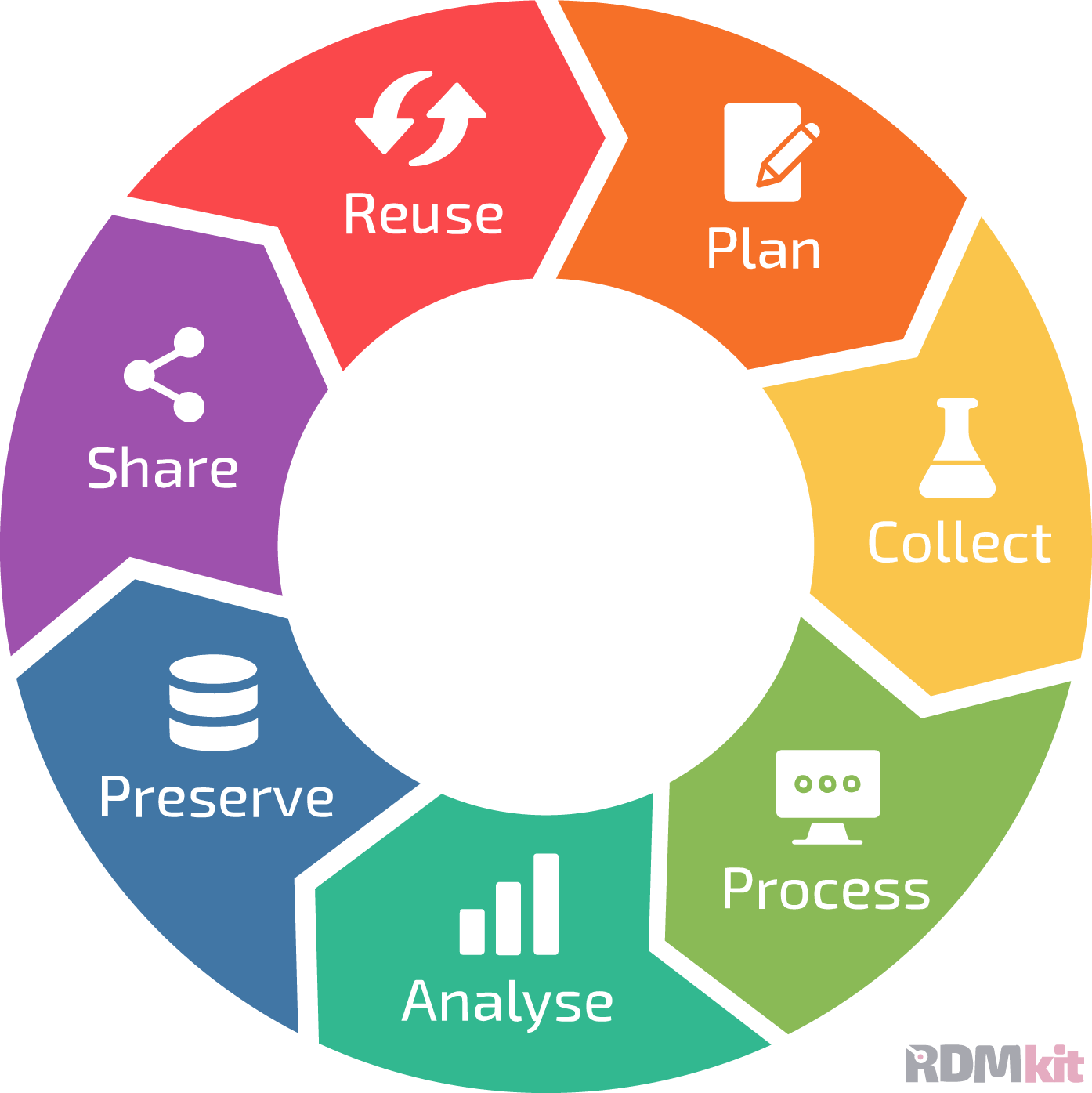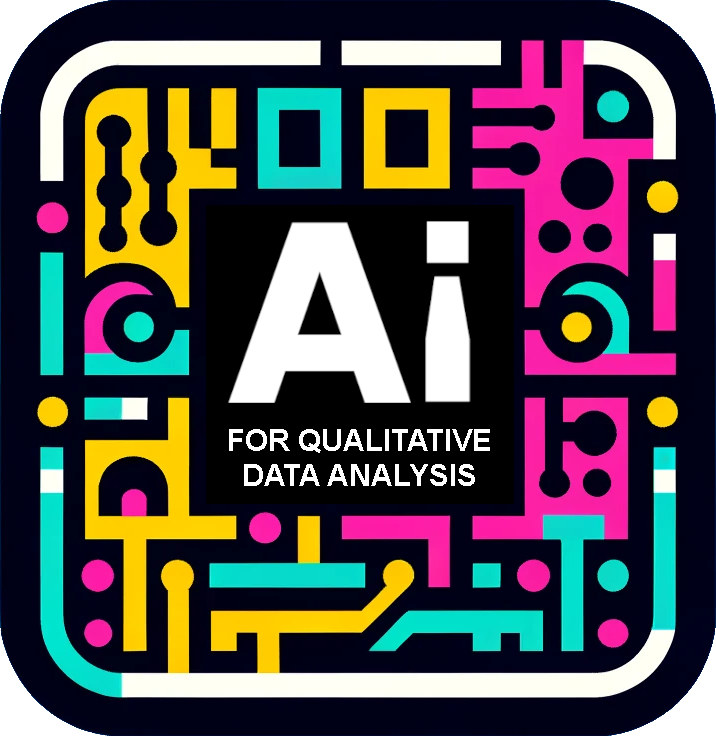1. How to use this handboox#
This handbook offers a practical guide to the steps to conduct qualitative research powered by modern generative artificial intelligence (AI), especially Large Language Models (LLMs). Structured around key stages—from planning to data analysis and publication—this handbook is designed for those who are not familiar with AI, who are not coders or hackers or computer scientists, but would like to benefit of this new powerful technology.
This handbook describes some examples of working with qualitative data and AI, but it does not force the researcher to follow each step rigorously. If your research workflow with AI is slightly different than the one described here, please let us know so we can expand the documentation. A change.
1.1. Structure#
The book follows the structure of the typical research lifecycle:
Plan: design your data collection, draft the analysis plan.
Collect: collect your data.
Process: pre-process your data so that it can be analysed effectively
Analyse: apply different qualitative analysis methods.
Preserve: archive the project and its data.
Share: share your data and your research. Make the data and other materials FAIR (Findable, Accessible, Interoperable, Reusable)
Reuse: discover new data and content for reuse

Work in progress!
Please note that section 5, 6, and 7 are currently missing in the handbook. Join as a coauthor!
1.2. Types of qualitative data#
There are numerous types of qualitative data: sometimes they are directly collected from individuals (e.g. interviews), sometimes the participants write their responses in open ended questionnaires, sometimes it is the researcher that writes their observations… Here a very limited taxonomy of qualitative data types
Survey answers
Interviews
Observation notes
Excerpts from documents
In this book we will use the tabs for showing the various scenarios for different types of data
These are often open ended questions in surveys.
These are usually audio-visual recordings between the researcher and one, or more, study participants.
These are usually notes written by the researcher during observational work.
These are usually written documents (manuscripts, articles, letters)
